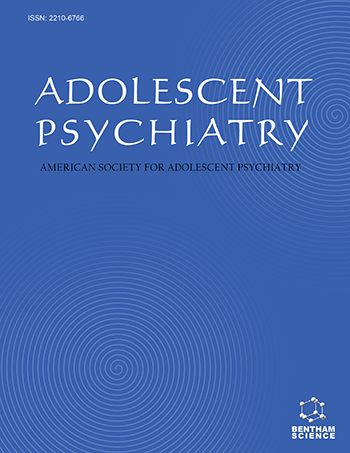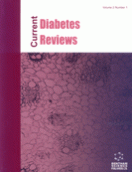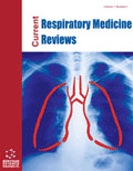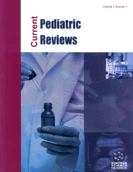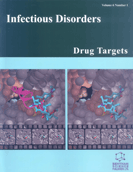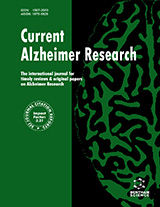Abstract
This article contains first person accounts in narrative and visual form created by clients and family members who have participated in the Early Detection and Intervention for the Prevention of Psychosis Program (EDIPPP). By the time most individuals join EDIPPP they have been experiencing a confusing constellation of thought and behavior changes. For most, EDIPPP signifies the next step in a journey of trying to reclaim a sense of agency in their lives and promise for the future. Understanding the process youth and families go through to make meaning of a “high risk” indication is critical for the clinicians who work with these families. By highlighting these first person accounts and the story they tell, we strive to contribute to this understanding and thereby enrich our discussion of the early detection and intervention for psychosis with the perspectives of individuals participating in our study. These narratives point to the potential value of further research focused specifically on how youth and families come to understand being at risk for psychosis.
Keywords: Adolescents, first person accounts, psychosis, schizophrenia, prodromal psychosis, high risk, recovery
Adolescent Psychiatry
Title:In the First Person: A Window into the Experience of Early Psychosis and Recovery
Volume: 2 Issue: 2
Author(s): Margaret Migliorati, Melina Salvador, Elizabeth Spring-Nichols, Sarah Lynch Tamara Sale and Steven Adelsheim
Affiliation:
Keywords: Adolescents, first person accounts, psychosis, schizophrenia, prodromal psychosis, high risk, recovery
Abstract: This article contains first person accounts in narrative and visual form created by clients and family members who have participated in the Early Detection and Intervention for the Prevention of Psychosis Program (EDIPPP). By the time most individuals join EDIPPP they have been experiencing a confusing constellation of thought and behavior changes. For most, EDIPPP signifies the next step in a journey of trying to reclaim a sense of agency in their lives and promise for the future. Understanding the process youth and families go through to make meaning of a “high risk” indication is critical for the clinicians who work with these families. By highlighting these first person accounts and the story they tell, we strive to contribute to this understanding and thereby enrich our discussion of the early detection and intervention for psychosis with the perspectives of individuals participating in our study. These narratives point to the potential value of further research focused specifically on how youth and families come to understand being at risk for psychosis.
Export Options
About this article
Cite this article as:
Migliorati Margaret, Salvador Melina, Spring-Nichols Elizabeth, Tamara Sale Sarah Lynch and Adelsheim Steven, In the First Person: A Window into the Experience of Early Psychosis and Recovery , Adolescent Psychiatry 2012; 2 (2) . https://dx.doi.org/10.2174/2210676611202020146
| DOI https://dx.doi.org/10.2174/2210676611202020146 |
Print ISSN 2210-6766 |
| Publisher Name Bentham Science Publisher |
Online ISSN 2210-6774 |
 16
16
- Author Guidelines
- Graphical Abstracts
- Fabricating and Stating False Information
- Research Misconduct
- Post Publication Discussions and Corrections
- Publishing Ethics and Rectitude
- Increase Visibility of Your Article
- Archiving Policies
- Peer Review Workflow
- Order Your Article Before Print
- Promote Your Article
- Manuscript Transfer Facility
- Editorial Policies
- Allegations from Whistleblowers
Related Articles
-
Marijuana and Adolescents: Treatment Strategies for Clinicians
Adolescent Psychiatry Treating Traumatic Stress in Children and Adolescents
Adolescent Psychiatry Conflict of Interest as a Possible Factor in the Rise of Pediatric Bipolar Disorder
Adolescent Psychiatry Reconsidering the Scenario of Cyberbullying: Promoting the Internalization of the Locus of Control in Adolescents through Cognitive Restructuring
Adolescent Psychiatry Risk Factors for Suicidal Ideation Among High School Students in Istanbul
Adolescent Psychiatry Mental Health Services for Minor Detainees at Guantanamo
Adolescent Psychiatry Does Physician Continuity Within a Clinical Trial Increase Retention and Compliance Among Adolescent Smokers?
Adolescent Psychiatry Overcoming Treatment Barriers in Adolescent Psychiatry
Adolescent Psychiatry Compassionate Confrontation Psychotherapy: Working with Gifted but Self-Destructive Adolescents in a Therapeutic Boarding School
Adolescent Psychiatry High Risk Driving in Treated and Untreated Youth with Attention Deficit Hyperactivity Disorder: Public Health Implications
Adolescent Psychiatry WORKSHOPS
Adolescent Psychiatry Should Adolescents be Screened for Depression?
Adolescent Psychiatry Communication of Suicidality via Social Media
Adolescent Psychiatry Family-Based Therapy for Adolescent Anorexia: The Nuts and Bolts of Empowering Families to Renourish Their Children
Adolescent Psychiatry New Ways of Thinking and New Treatment Approaches
Adolescent Psychiatry Difficulty with Uncertainty: How It Presents in Eating Disorders and What We Can Do About it
Adolescent Psychiatry Borderline features in Youth with Bipolar Spectrum Disorders
Adolescent Psychiatry Environmental Risk and Protective Factors and Their Influence on the Emergence of Psychosis
Adolescent Psychiatry Adolescent Admissions in Psychiatry: Reconsidering Clinical and Institutional Parameters on the Occasion of a Report of a Greek Experience
Adolescent Psychiatry The Solitary Sparrow Epidemic – A Developmental Perspective on Loneliness in Adolescence<sup>1</sup>
Adolescent Psychiatry


